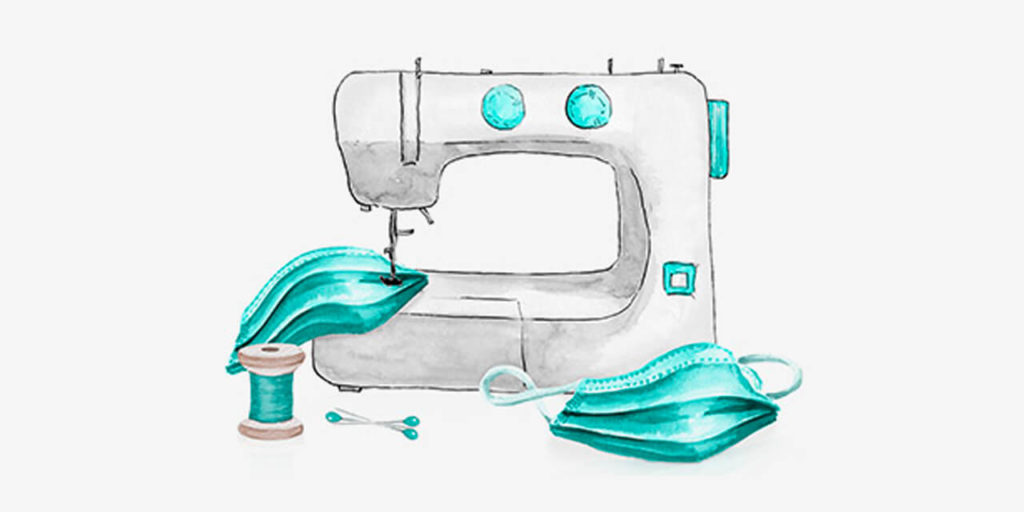Sustainable shopping not only makes sense for the environment but can be good for your pocketbook too. It works like this: Let’s say a person buys a pair of shorts or a fashionable t-shirt for $15. Cheap right? Well, it depends on perspective. If someone buys cheap fashion, that means that more than likely, they will tend to throw it away after wearing it for just a season.
On the other hand, if they buy recyclable cotton or silk, even if their shirt or shorts costs $85 or $100, they may keep it for 5 or 10 years in their closet rather than just chucking it out into the garbage to fill the landfills. The more sustainable a person is, the better according to Helen Schifter. And you can forget about donating those cheap materials to the local Goodwill. Due to the Coronavirus Pandemic, many Goodwill and other centers that deal with recyclable clothes are shut down, and may never reopen again. After the Coronavirus Pandemic, who in their right mind would dare to wear slightly used clothing ever again? So, it’s time to do a major reconsideration as to how we do our shopping with great attention to buying materials made out of sustainable materials.
Within the fashion industry, linen, organic cotton, denim, wool, cashmere, recycled nylon (also known as Econyl) as well as peace silk (as opposed to regular silk, which with the killing of thousands of silkworms, is not exactly environmentally supportive product) and bamboo made fiber products.
The list of culprits in the fabric industry includes conventional cotton, Rayon, Polyester, acrylic, and nylon. Many readers may be shocked at the inclusion of conventional cotton, which although made from plants, to produce a single cotton t-shirt and a pair of jeans may mean the environmental waste of 20,000 liters of water. Meanwhile, a product such as polyester may take from 20 to 200 years to break down in a landfill, and also produce a great amount of methane gas. At the same time, acrylic not only takes up to 200 years to break down in a landfill but in addition gives off toxic chemicals just wearing the fabric. And as far as Rayon goes, the production of rayon not only involves a great amount of water use but tends to cause deforestation which endangers the habitat of orangutans, tigers, rhinoceroses, and elephants, to name just a few. Besides not buying fashion products that tend to fill the landfills and use a great deal of water, there are many household products that can be recycled. some at curbsides such as paper, books, cardboard, disposable cups and plates, and glass.
Other products such as televisions, computers, ink cartridges, and batteries, and compact fluorescent tubes can all be recycled but they frequently require a little more looking to find a recycler. Best Buy, for example, will recycle old televisions and computers, places like Home Depot or Ikea accept old fluorescent tubes. And many libraries have special receptacles to dispose of batteries. The bottom line is that people can significantly reduce the amount of environmental stress on the environment is they are careful in their actions. Helen Schifter believes sustainable actions go farther than people think.
